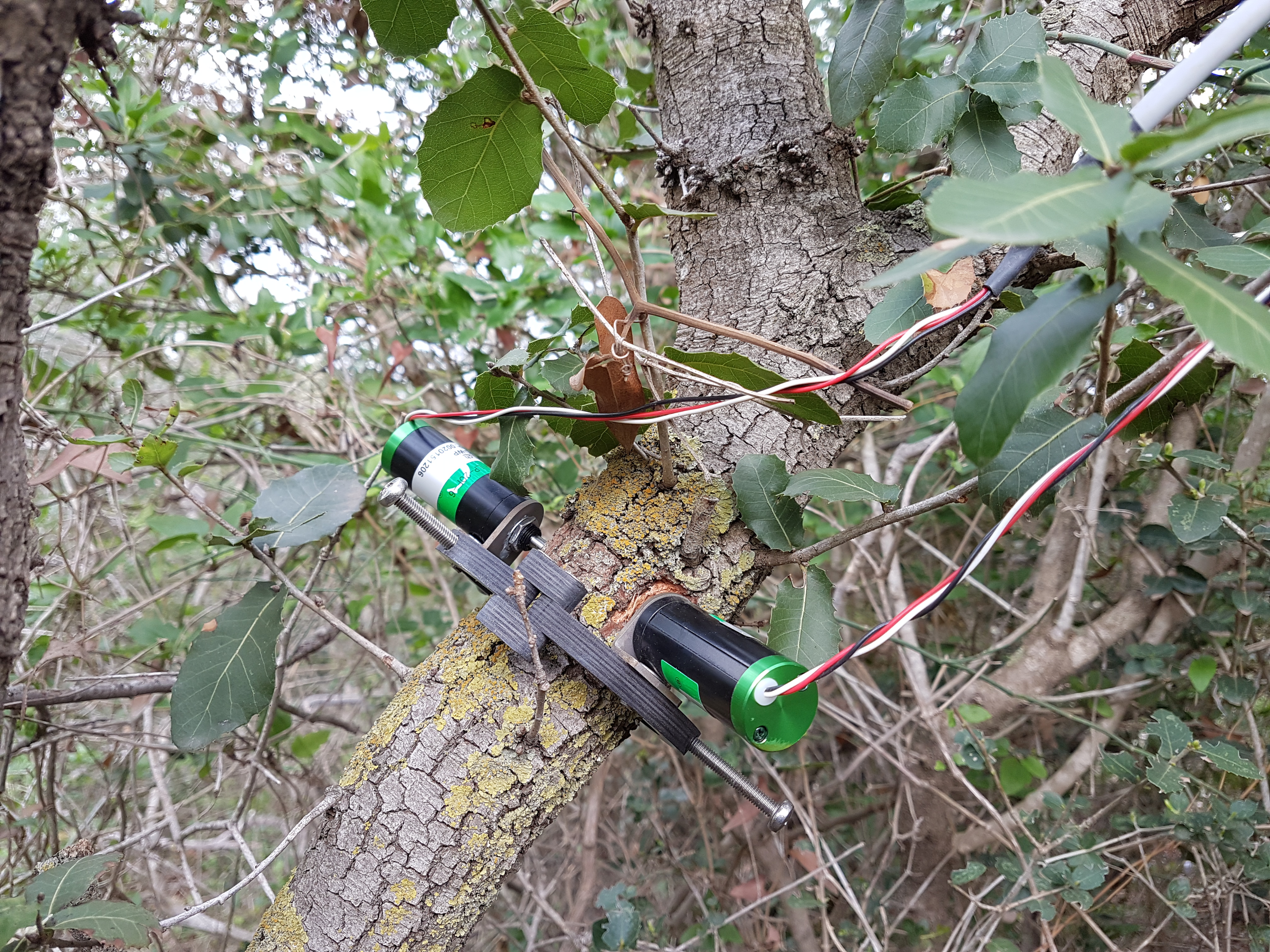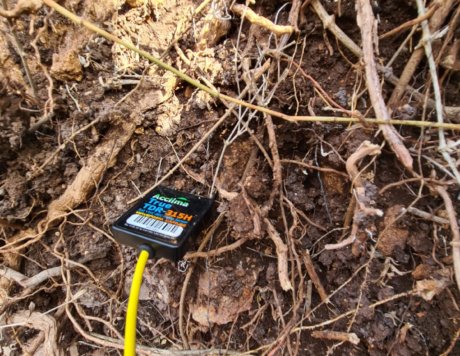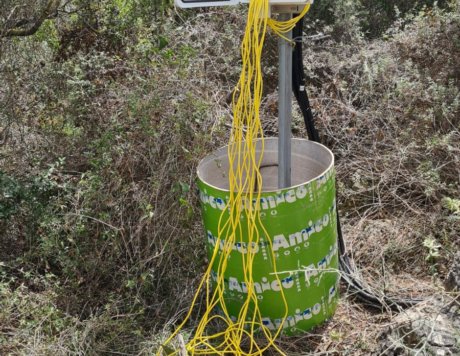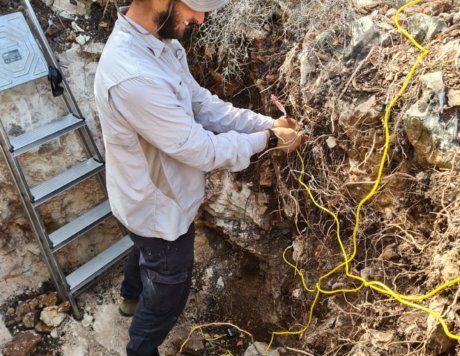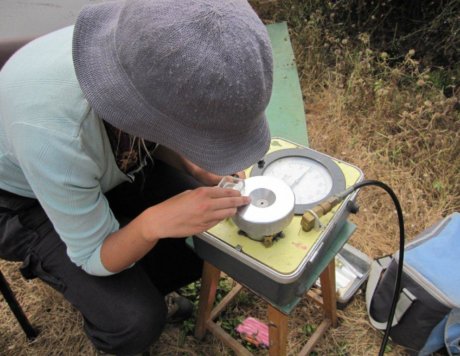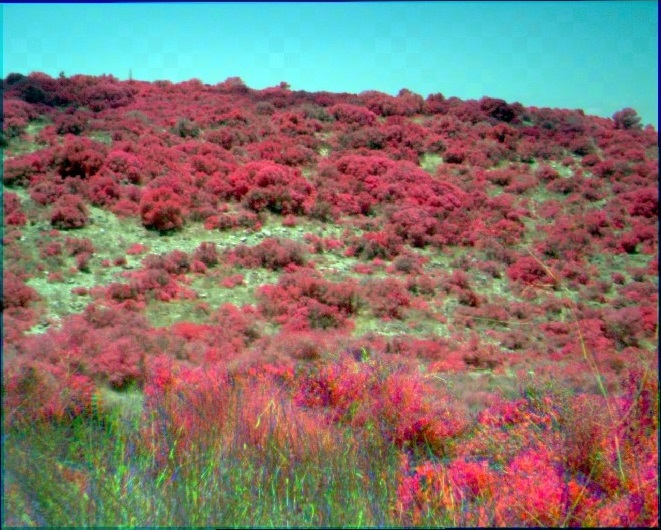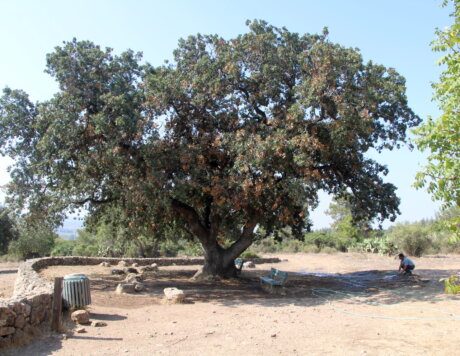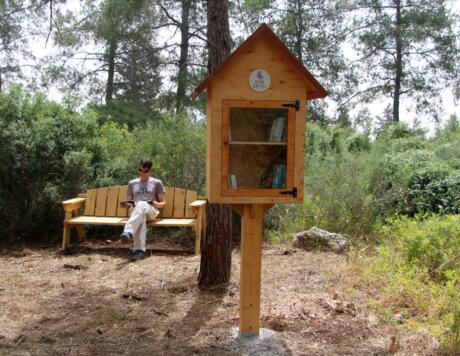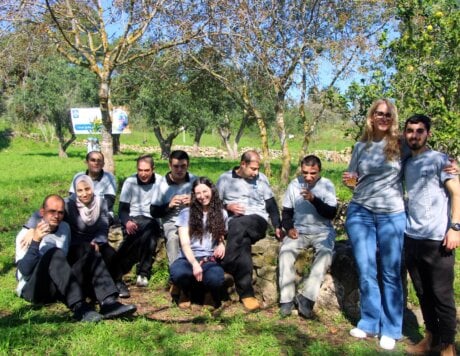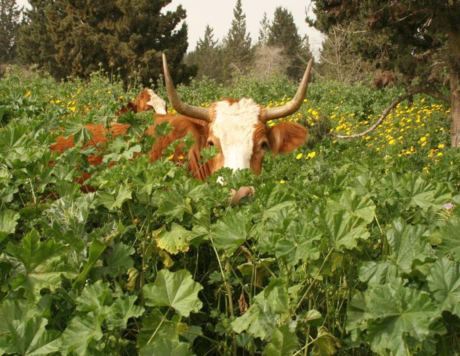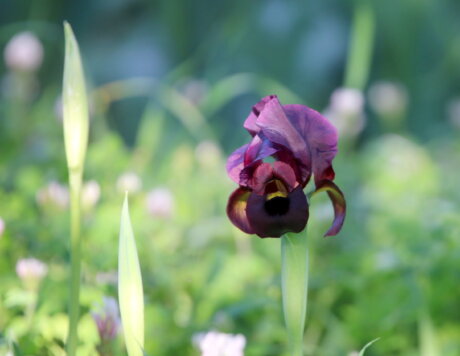Blushing before the camera
There are more than 2,000 trees at Ramat Hanadiv! The gardening staff looks after each and every one of them. To obtain a clear picture of their state of health, we use infra-red photographic technology once every few years: aerial photography using special sensors that can absorb a wavelength that the human eye is unable to see.
‘Infra-red photography provides an estimate of the state of chlorophyll in the tree,’ explains Lior Hershkovitz, the gardens’ curator. ‘Chlorophyll is a pigment found in plants, mostly in the leaves. It absorbs the light energy required for photosynthesis. The better the state of the chlorophyll, the better the state of the tree. The photographs provide information about each species of tree, allowing detection of deviations, and identify trees in a state of desiccation or thirst. After identifying the problematic trees, the gardening staff can treat them – by means of additional irrigation, identification of pests, etc.’
The gardens were mapped using infra-red technology for the first time in 2016; this month it will be mapped again to compare the state of the trees then and now. For example, we found a decrease in the vitality of certain trees such as the Callery pear, small-leaved fig, and date palm. The aim is to identify trends in trees and draw conclusions about their integration and treatment.


